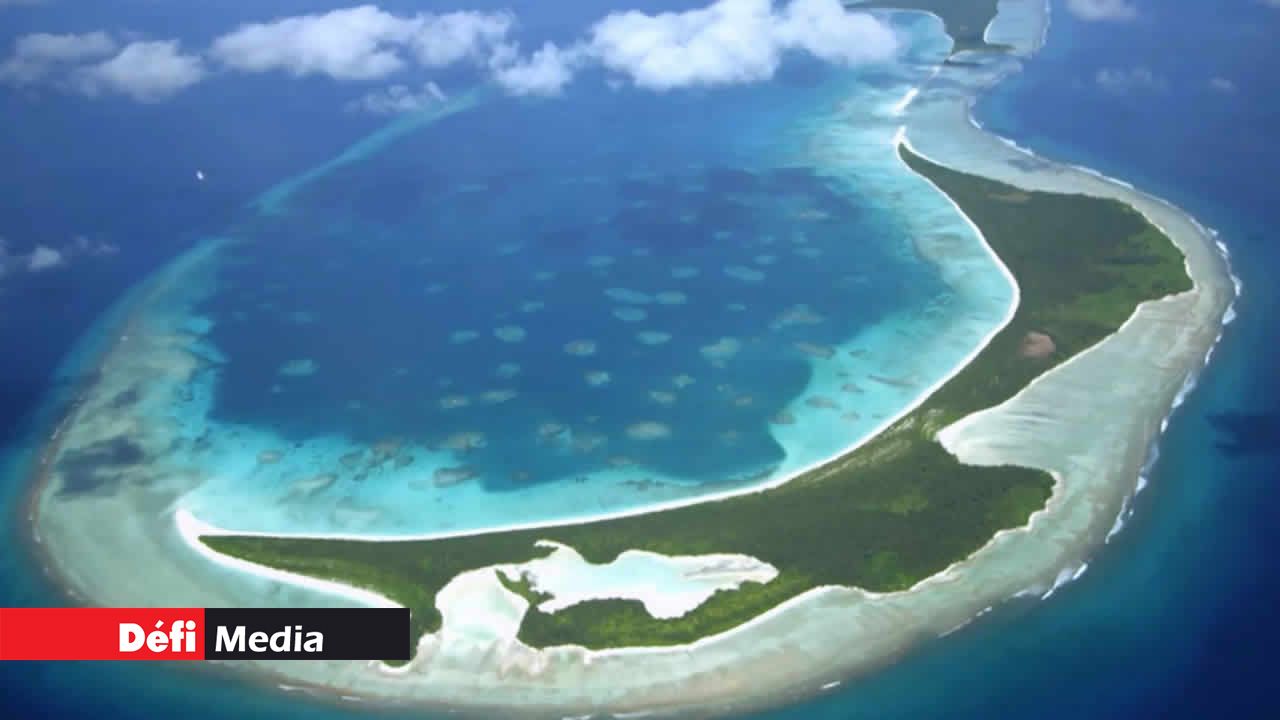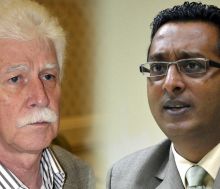
Ban The Bomb! Has our real concern about climate change, global warming, and epidemics made us forget the threat of atomic war? Having written on numerous occasions about nuclear safety issues in the past and being the author of the Nuclear Rectangle theory (a major nuclear war could modify the orbit of planet Earth around the sun), I urge readers to join the worldwide campaign of the seventies to “Ban The Bomb” and fight for nuclear safety. It is more necessary than ever today. At present, nine countries out of 193 on Planet Earth possess nuclear weapons (atomic or hydrogen bombs), namely:
Russia and USA (about 6,000 warheads each); France, China, UK (about 250 warheads each); Pakistan and India (about 150 warheads each); Israel: 80 warheads; North Korea: 15 warheads.
Are we reassured knowing who in these countries has their finger on the nuclear trigger? Donald and Vladimir? Narendra Modi and Shehbaz Sharif? Benjamin Netanyahu and Kim Jong-un? Emmanuel and Keir? Xi Jinping? Can we trust them?
With North Korea expanding its nuclear arsenal, other countries are attempting to acquire the bomb (Iran, for example?). On the positive side, four countries that formerly possessed nuclear weapons have given them up, including South Africa and Ukraine. A great fear today is that a terrorist organization might acquire a nuclear device, some of which are small enough to fit into a large lorry. Radiation is the greatest enemy of life, of all organic living things on Planet Earth. Remember the nuclear accidents at Chernobyl and Fukushima, where radioactive material was released and affected people, animals, and plants.
Consider these pertinent questions: Since radiation is invisible, how do you know when you are in danger? How long will this danger persist? How can you reduce the hazard to yourself and your family? What level of exposure is safe? What are the potential risks of acute and chronic exposures? What are the related consequential damages of exposure? How do you rebuild a healthy way of life in the aftermath of a nuclear disaster? Only a Geiger counter can measure atomic radiation.
Only one country: The United States detonated two atomic bombs over the Japanese cities of Hiroshima (on 6 August) and Nagasaki (on 9 August) 1945. The two bombs killed an estimated 130,000 and 225,000 people respectively, most of whom were civilians. Half of these deaths occurred at the moment the bombs exploded, the remainder over the next 2 to 4 months due to radiation and burns. The USA remains the only country to have used nuclear weapons to destroy cities and structures and inflict death, admittedly in an armed conflict. Japan surrendered to the Allies on August 15, six days after the bombing of Nagasaki, effectively ending World War II.
A pertinent question for us: Are nuclear missiles and bombs stockpiled by the USA in the Chagos? Should the Chagos islands be thoroughly, scientifically, checked before our people move back?
Before we bring and lodge tourists there?
Before we start the harvesting of the huge amount of natural resources (fish, sea life, minerals etc.) of the hundreds of thousands of sq. km of EEZ which are now ours?
Never again to deadly destruction of humanity, through wars (e.g., during the 30 or so wars of the 20th century, two of them World Wars, 100 million people were killed); genocides (such as the Nazis on Jews which eliminated 6 million people, the Rwandan genocide with 850,000 people murdered, and the present one in Gaza, which must be stopped); epidemics (e.g., the Black Death in the Middle Ages, the Spanish flu which infected 500 million people, one-third of the world’s population, leading to at least 50 million deaths, the Covid-19 pandemic with 19 million infected and 700,000 deaths); technology (e.g., the 1.35 million people who die each year from road traffic crashes, the 250,000 yearly gun deaths worldwide; collectively substance abuse, including smoking, alcohol, and illicit drug use, kills 11 million people each year); nuclear bombs (e.g., the 355,000 people who died in 1945 when two atomic bombs were dropped on them).
We must pray for the world to control this madness of making and stockpiling nuclear weapons, which can make some parts of the planet uninhabitable (like the Bikini Atoll part of the Marshall archipelago in the Pacific OCEAN, where the USA started nuclear tests on July 1, 1946, after the inhabitants were forcibly removed, detonated their first hydrogen bombs from 1952 to 1958. The inhabitants HAD BEEN FORCEFULLY moved into EXILE elsewhere on a handful of other Marshallese islands and in the United States. (As were the Chagossians forcefully moved to Mauritius).
IN THE CASE OF THESE BIKINIANS, after many years in exile they were allowed to return to their islands. (Like the Chagossians will do now from their exile in Mauritius, Seychelles and in some cases UK). These Bikinians islanders were allowed to move back to the BIKINI ATOLLS, but the radioactivity situation had not been fully checked. They settled, started fishing and agriculture, including the planting of breadfruit (called fruit-à-pain in Mauritius) their staple diet, but after a year many started to fall sick. Some radioactivity had remained in the deep soil, undetected, some with a half-life of thousands of years. Bikini Atoll contained a variety of radioactive isotopes, including caesium, strontium, cobalt, americium, and plutonium, directly because of US nuclear testing conducted there. Particularly bad are the high levels of caesium, associated with groundwater and surface water. SO, THE ISLANDERS HAD TO BE MOVED INTO EXILE ONCE AGAIN, THIS TIME NEVER TO RETURN TO THEIR NATIVE BIKINI AGAIN!
Does anyone live in Bikini Atoll now? No, but around 800 Bikinians live on Kili, 2,550 on Majuro, 300 on Ejit, and 350 in other parts of the Marshall Islands. About 1,400 Bikinians live in the United States or other countries. Today, Bikini Atoll remains uninhabited. Local on-island infrastructure is maintained by a small caretaker workforce.
Dr Michael Atchia
Former United Nations Programme Director

Notre service WhatsApp. Vous êtes témoins d`un événement d`actualité ou d`une scène insolite? Envoyez-nous vos photos ou vidéos sur le 5 259 82 00 !













![[Document] GGIR Bill: la position du Parlement populaire](https://files.defimedia.info/sites/default/files/styles/medium/public/wp-content/uploads/2015/11/091115-parlement-populaire.jpg?itok=VI8R12vy)







